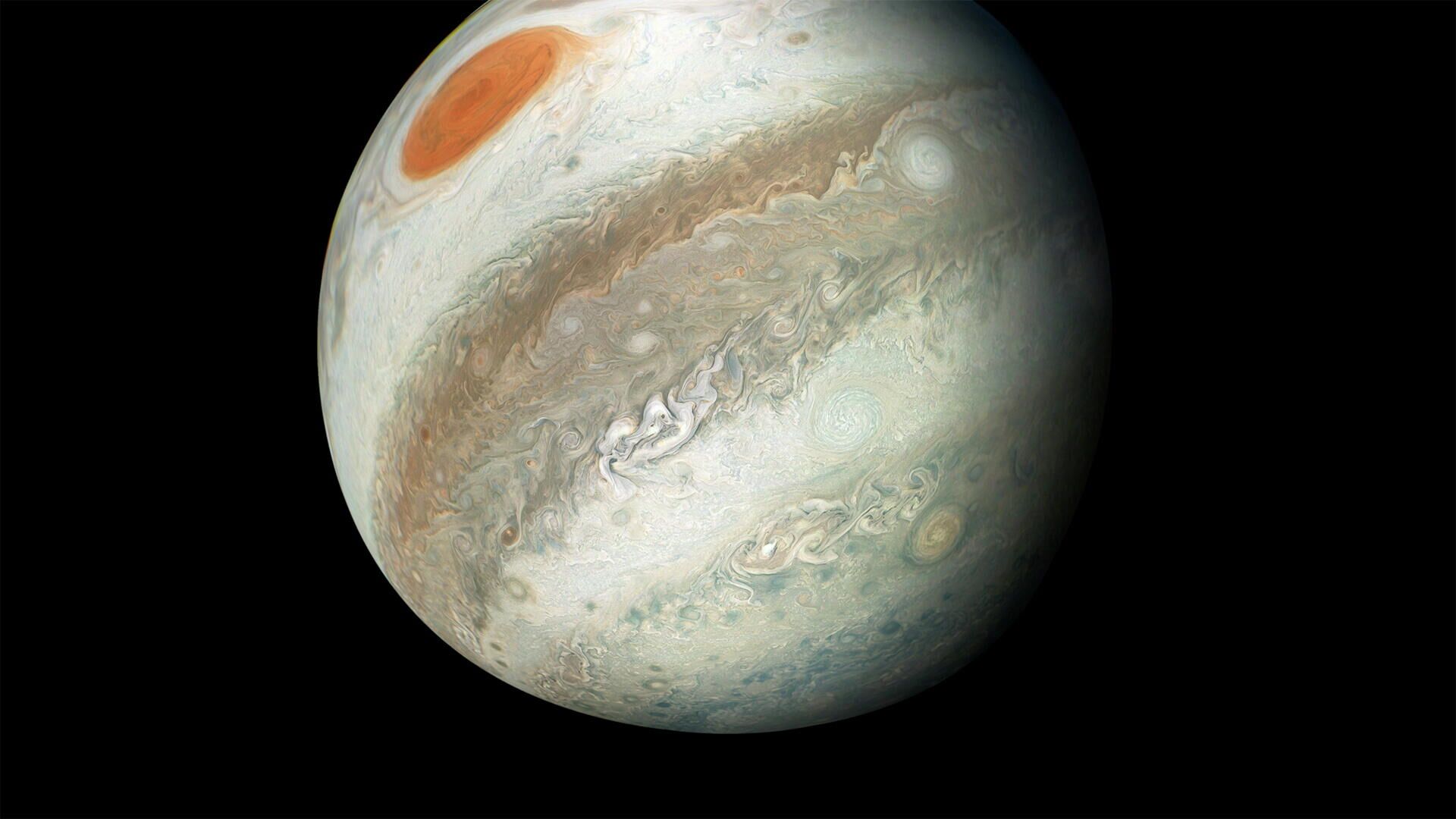New Technique for Searching Habitable Planets Discovered
The view shows Jupiter including its Great red Spot captured by NASA’s Juno spacecraft on the outbound leg of its 12th close flyby of the gas giant planet, April 1, 2018.
Chimauchem Nwosu The ability of a body to reflect starlight was once the method to ascertain an exoplanet’s habitability, but new research has come up with a new detection method based focusing on atmospheric carbon dioxide.Scientists from the University of Birmingham, UK, and Massachusetts Institute of Technology, US, have developed a technique for identifying potentially habitable planets by analyzing their carbon dioxide (CO2) levels.A planet’s habitability is defined by its capacity to obtain and hold water on its outer layer. Planets too near or remote from their suns are excluded from the “habitable zone.”While the degree to which a planet reflects starlight was once the primary measure of a planet’s habitability, a recent revelation shifts the focus to CO2 concentrations, which indicate the presence of water and raising prospects for life.
The proposed new method involves comparing the carbon dioxide concentrations of candidate planets with neighboring ones. A reduced level of CO2 levels suggests that the gas has dissolved into oceans or been assimilated into planetary-scale biomass.
The findings were published in the journal Nature. Beyond PoliticsAstronomers Spot Planet Where Sand Could Form Clouds & Rain15 November 2023, 22:07 GMT
Beyond PoliticsAstronomers Spot Planet Where Sand Could Form Clouds & Rain15 November 2023, 22:07 GMT


